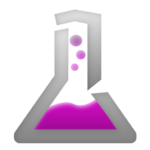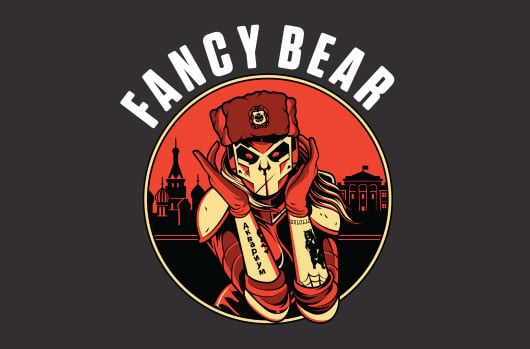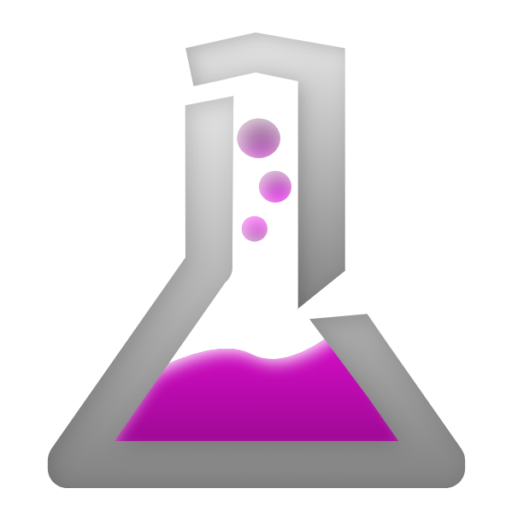The Complex Challenge of Restoring Power Grids After Failure
High-Level Overview: Restarting a modern power grid after a total shutdown requires meticulously balancing physical and digital systems, often under intense time pressure. Grid operators must sequentially reactivate power plants, transmission lines, and distribution networks while preventing voltage spikes, equipment damage, or cascading failures. This process, known as a “black start,” relies on both automated safeguards and manual interventions, with cyberattacks adding new layers of risk to already fragile systems.
Key Points:
- Synchronization Challenges: Power generation sources must be precisely synchronized to match grid frequency before reconnection, as even minor mismatches can destabilize the entire network.
- Manual Dependency: Critical restart procedures often require human operators to physically adjust equipment at substations and plants, creating bottlenecks during emergencies.
- Cyberattack Vulnerability: Grids in recovery mode are particularly exposed to digital threats, as safety protocols may be temporarily disabled to expedite restoration.
Why It Matters❗: Modern societies depend on reliable power infrastructure for everything from healthcare to financial systems. Understanding grid restoration complexities highlights the urgent need for resilient energy networks and cybersecurity investments, especially as climate disasters and sophisticated cyber threats increase globally. Prolonged outages could cripple economies and endanger lives within days.
Securing CRM Systems: Essential Cybersecurity Practices
High-Level Overview: Protecting customer relationship management (CRM) platforms from cyber threats requires a proactive approach to address vulnerabilities like unauthorized access, data leaks, and phishing risks. Implementing layered security strategies—including access controls, encryption, and employee training—can significantly reduce exposure to breaches while maintaining operational efficiency.
Key Points:
- Least Privilege Access: Restrict user permissions to only necessary functions to minimize internal and external attack surfaces.
- Data Encryption: Encrypt sensitive customer data both at rest and in transit to prevent interception or unauthorized extraction.
- Audit Logging: Maintain detailed activity logs to enable rapid detection of suspicious behavior and post-incident analysis.
- Multi-Factor Authentication (MFA): Enforce MFA for all user accounts to add critical protection against credential theft.
- Regular Updates: Patch CRM software and integrated tools promptly to address newly discovered vulnerabilities.
- User Training: Educate employees on recognizing phishing attempts and social engineering tactics targeting CRM access.
Why It Matters❗: CRM systems store highly sensitive customer and business data, making them prime targets for cybercriminals. A single breach can lead to financial penalties, operational disruption, and irreversible reputational damage. Proactive security measures help organizations maintain trust while complying with evolving data protection regulations.
Critical Vulnerabilities Discovered in LLaMA4 AI Framework
High-Level Overview: Researchers recently identified multiple security weaknesses in the widely used LLaMA4 artificial intelligence framework. These vulnerabilities could enable attackers to execute unauthorized code, manipulate AI-generated outputs, or access sensitive training data. The findings emphasize risks associated with insufficient input validation and insecure default configurations in AI development tools.
Key Points:
- Privilege Escalation Flaw: Attackers could exploit misconfigured API endpoints to gain elevated system access.
- Data Leakage Risk: Improper sandboxing allows potential extraction of proprietary model parameters through crafted prompts.
- Adversarial Input Vulnerability: Specially formatted queries can bypass content filters and generate harmful outputs.
Why It Matters❗: As organizations rapidly adopt AI frameworks like LLaMA4 for critical business functions, these vulnerabilities create entry points for data breaches, misinformation campaigns, and system compromises. Addressing these security gaps is essential for maintaining trust in AI-powered technologies.
Notepad++ Takes a Stand: Version 88 Shows Support for Ukraine
High-Level Overview: The developers of Notepad++, a widely used open-source text editor, released version 88 with intentional design and naming choices to express solidarity with Ukraine amid Russia’s ongoing invasion. This update includes visual elements like Ukrainian flag-colored icons and a “We Are With Ukraine” slogan, alongside a public statement condemning the war and supporting Ukrainian resistance.
Key Points:
- Symbolic Update Features: Version 88 incorporates Ukrainian national colors into the software’s logo and adds a “Ukraine” theme to visually align the tool with the country’s cause.
- Developer Stance Against Aggression: The update’s release notes explicitly criticize Russia’s military actions and emphasize support for Ukraine’s sovereignty.
- Community Engagement: The move encourages users to reflect on the conflict and consider ways to support humanitarian efforts in Ukraine.
Why It Matters❗: Software tools rarely take overt political positions, making Notepad++’s update a notable example of tech communities leveraging their platforms for advocacy. By integrating symbolic gestures into a widely distributed tool, the developers highlight how even non-political software can serve as a vehicle for raising awareness and fostering global solidarity during crises.
Unicode Proposal for Encoding Sitelen Pona Script
High-Level Overview: A recent proposal submitted to the Unicode Consortium advocates for the formal encoding of Sitelen Pona, a symbolic writing system designed for Toki Pona, a minimalist constructed language. The proposal outlines technical specifications, character set requirements, and potential use cases, emphasizing the need for standardized digital representation to support global communication and text-processing systems.
Key Points:
- Sitelen Pona Script Characteristics: The script uses over 100 glyphs representing core Toki Pona vocabulary, relying on visual simplicity and symbolic abstraction.
- Technical Encoding Challenges: The proposal addresses font design, rendering compatibility, and input method challenges to ensure cross-platform consistency.
- Security Considerations: Standardization aims to mitigate risks like character spoofing or rendering ambiguities that could enable phishing or data manipulation.
Why It Matters❗: Encoding Sitelen Pona into Unicode would enable broader accessibility for Toki Pona speakers and developers while reinforcing cybersecurity practices by reducing ambiguities in text processing. Standardized scripts help prevent malicious exploitation of unregulated character sets, ensuring safer digital communication ecosystems.
“,
“status”: “draft”,
“categories”: [36],
“featured_media”: 2888
}





